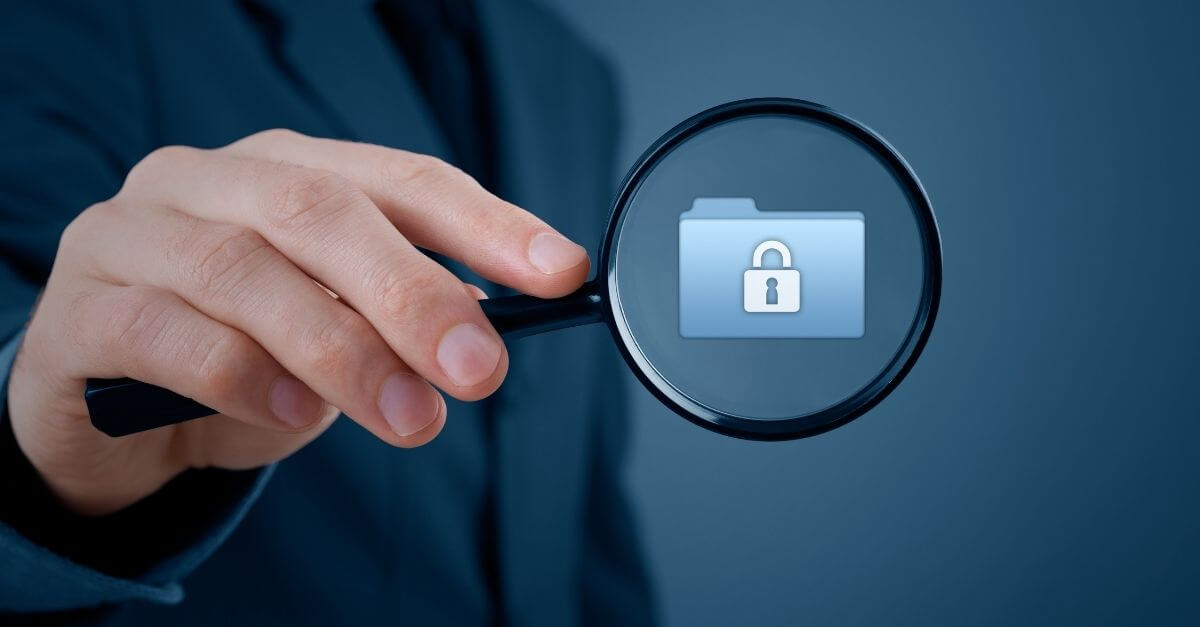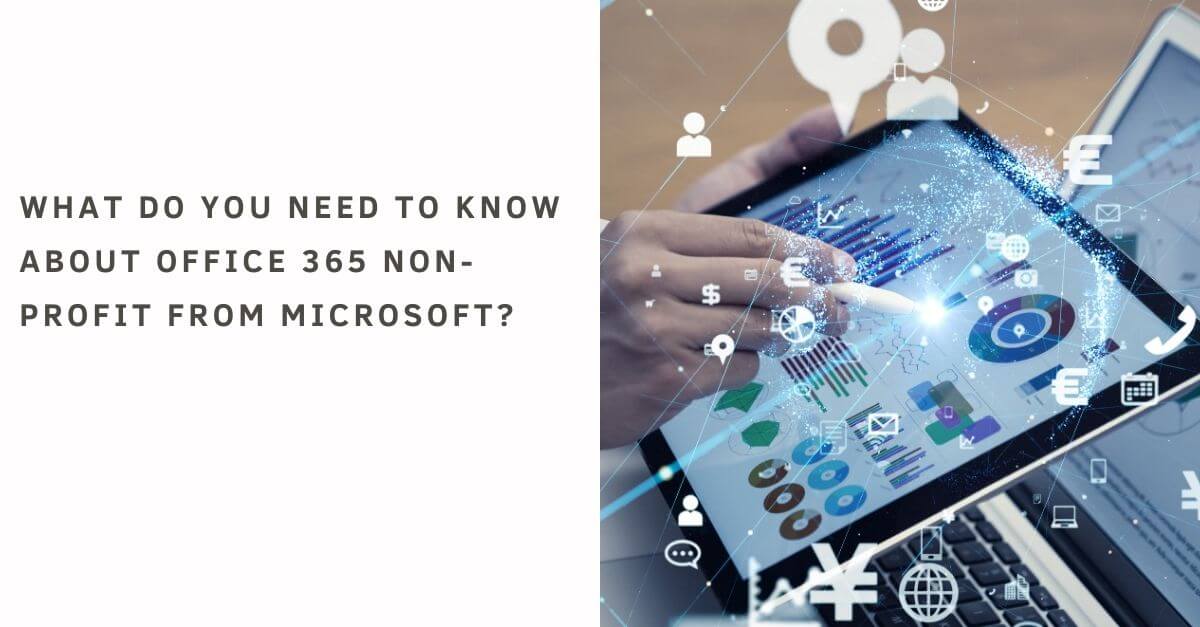4 Pillars of a Cyber Security Solution
Before the COVID-19 hit the world and forced everybody to establish remote working capabilities, businesses already experienced ordeals that even a pandemic can’t stop: cyberattacks. These highlighted the importance of a holistic cyber security solution and even exposed the cracks of existing data security protocols.
A survey shows that since the onset of the pandemic, 85% have been working remotely; 35% believe that cyber threats have also been rising in a WFH set up-a small yet alarming figure to put how modern workers feel about the current state of their online workflow.

This probably explains why 50% of organizations in 2021 allot a big chunk of time and budget to prevent ransomware alone. This includes creating offline backups, purchasing cyber insurance, and procuring a new tech to irradicate ransomware.
While you might know what to do, learning more about the pillars of a cyber security roadmap and religiously sticking to them should help you establish the solutions. You might also wonder if there’s a one-stop deployable cyber security solution that covers all the corners of your infrastructure. Sadly, there’s none, only a series of steps and approaches to fortify what you got in place.
And just like any other strategy or solution, cyber security must be revisited regularly. Here are four things to check out for a sound and sturdy cyber security:
People
The first pillar is the people, both the admin and the end-users. They are the heart of the whole cyber security roadmap. Their roles and needs should be defined to be an effective part of the entire security ecosystem.
With the fast-pacing evolution of cyber threats over time, it is just right to scout for the right talents to oversee the cyber security protocols and implemented technologies. Ensure to onboard subject-matter experts and certified IT professionals with the most current skillsets to manage the whole cyber security structure.
In terms of the end-users, you can only control their breadth of data access and the rules on how to maximize such access. How they ‘behave’ is clearly up to them but should be bound within the environment protocol. User training, workshops, and the like handled by the IT team would help make end users current with their scope of access and the tech used in a modern workplace setup.
Technology
Among the integral parts of cyber security is technology, classified into two: Information Technology (IT) and Operational Technology (OT).
IT refers to the critical infrastructure that the admins and end-users utilize for data processing. These interconnected systems serve as data repositories and make them available for users to access via the business apps in an organizational setup.
On the other hand, OT is the network of physical devices that capture, monitor, and relay data. It also covered the digital tools and solutions used across the board.
The convergence of IT and OT brings the physical systems into the digital realm. This makes the merging of business processes easier while harnessing data behaviors to come up with rich insights in one single environment. This has given birth to the Internet of Things or IoT.
Through the lens of cyber security, regardless of the use of these technologies (be them for productivity, communication, reporting, data management, or the like), it’s advisable that they ‘talk’ to each other flawlessly while implementing zero-trust cyber security protocols in all of its corners.
The best cyber security solutions are usually a combination of similar or compatible technologies to ensure no system bottlenecks and establish consistent threat protection and tracking. Microsoft is probably one of the known providers of these solutions, covering from the collaboration tools you need up to the complex cloud environments.
CSE is the perfect technology partner for a sturdy cyber security posture! From implementing trusted security solutions down to 24/7 security monitoring and response, we got you covered. Check our cyber security services and solutions here.
Data
Since the inception of digital transformation, your data has become the new oil-an entity that many cybercriminals would like to get their hands on to use for their gains. It’s the lifeblood of the entire cyber security roadmap, which should constantly be monitored.
Data is the information created, shared, and accessed across the board. It includes the employees’ data and the whole company’s operational data.
It is also essential to know its states to help you determine the suitable security protocols to implement:
- At rest – the data is not accessed and is stored in a repository (servers, hard disks, pen drives, etc.)
- In transit – the data is transferred from point A to point B (via email, messaging apps, websites, etc.)
- In use – the data is accessed across applications or by the users.
Procedure
It serves as the blueprint of how the first three pillars will interact with each other and implement a tight IT governance, policies, and compliances to achieve business goals. These procedures should at least uphold the CIA triad. Here’s how we put them in the most straightforward context:
- Confidentiality – how to prevent unauthorized access to confidential data
- Integrity – how to maintain data consistency, accuracy, and trustworthiness across the entire lifecycle
- Availability – how to make sure that the data is consistently accessible to authorized stakeholders
Conclusion
Let’s admit it; there’s a certain complexity in establishing a holistic cyber security solution roadmap. But by aligning your game plan to the four pillars mentioned, you’re giving yourself a head start!
However, while you can do this on your own, a reputable tech partner to guide you in your cyber security journey is a wise move.
Achieve a solid cyber security posture with CSE! Talk to us


